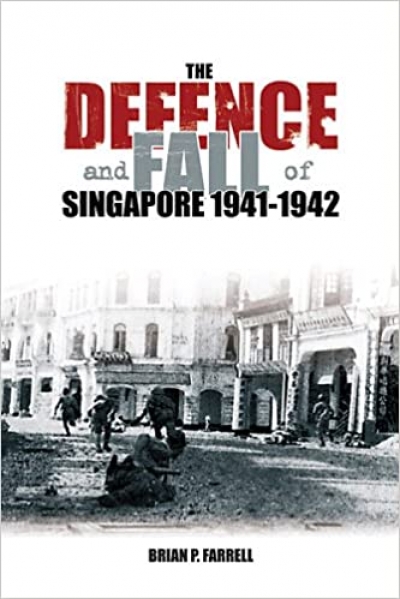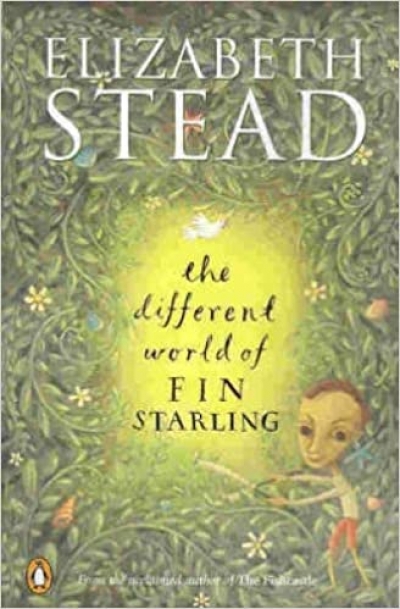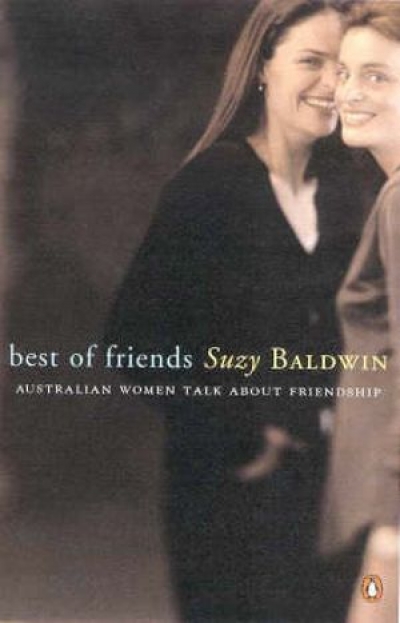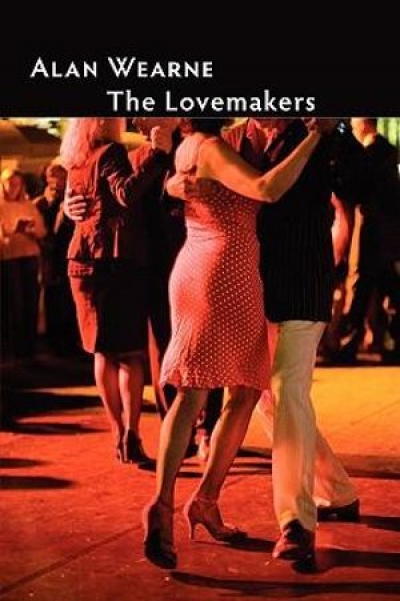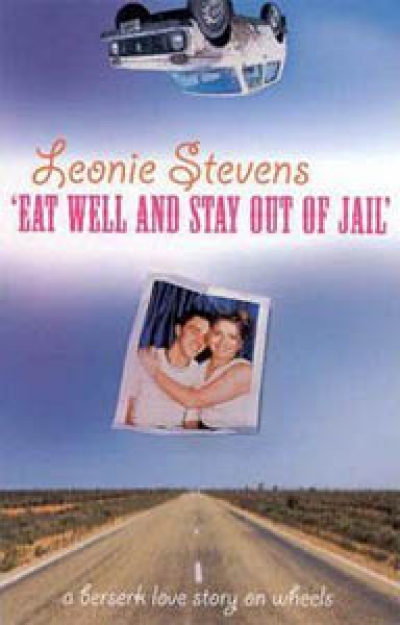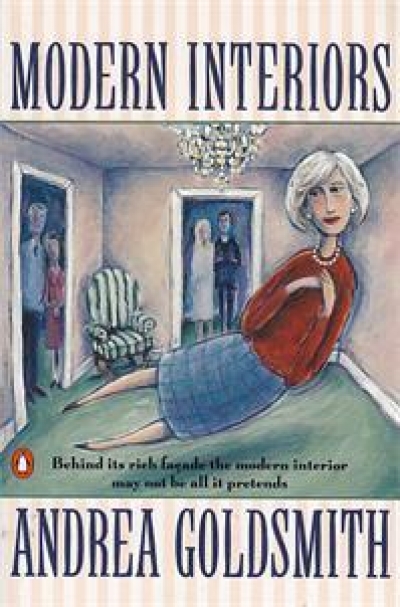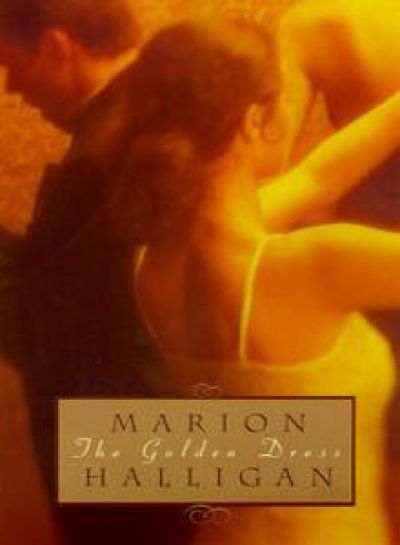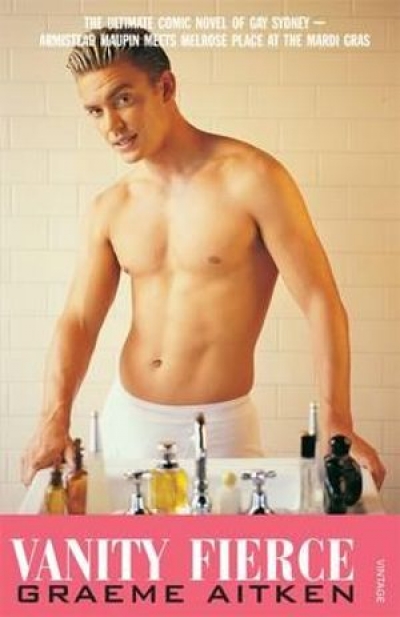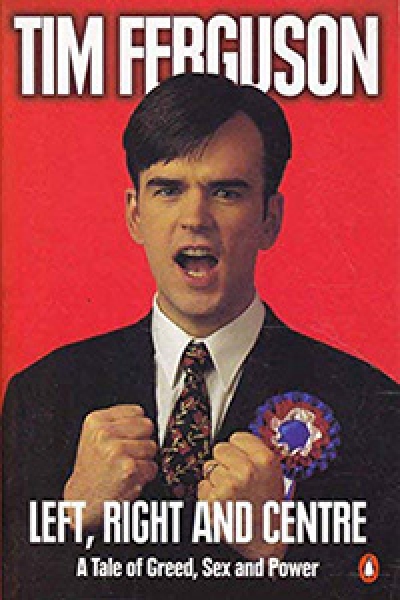Penguin
The Defence and Fall of Singapore 1940–1942 by Brian P. F & Singapore Burning by Colin Smith
by John Coates •
Moral Hazard by Kate Jennings & Judgement Rock by Joanna Murray-Smith
by Delia Falconer •
Best of Friends by Suzy Baldwin & Friends and Enemies by Dorothy Rowe
by Stephanie Trigg •
Eat Well and Stay Out of Jail by Leonie Stevens & Perfect Skin by Nick Earls
by Linda Jaivin •
Vanity Fierce by Graeme Aitken & Gay Resort Murder Shock by Phillip Scott
by Dean Kiley •

